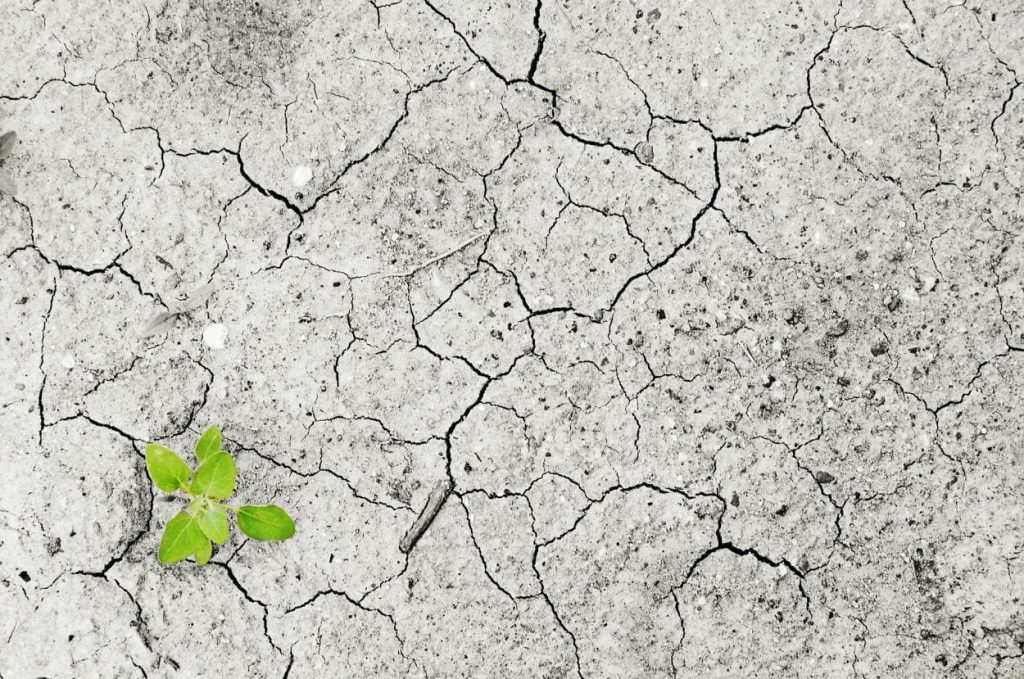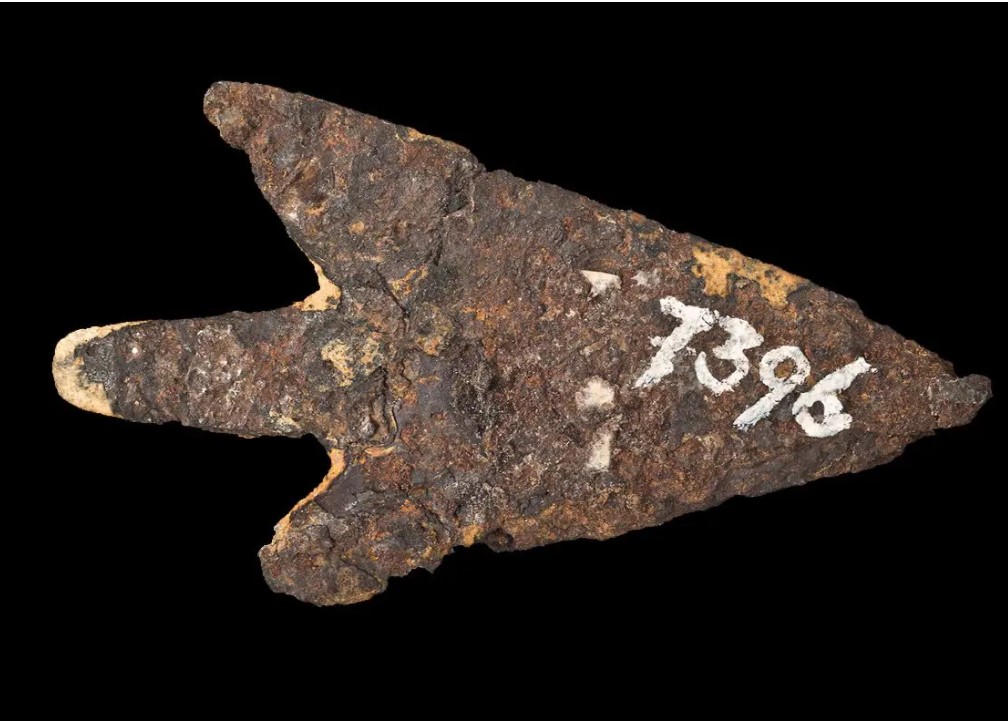Using archaeology to better understand climate change

Different civilizations and phases of development have discovered ways to adapt to the progressive warming of the environment they live in, with various degrees of success. Now that climate change is happening faster than ever before, can the past help us understand what lies ahead?
Researchers from Canada, the United States and France have concluded that climate change is real. They were led by anthropologist Ariane Burke of the University of Montréal.
As part of a new and emerging field termed “the archaeology of climate change,” Professor Burke and her colleagues argue for the need for a new and evolving discipline.
Data from archaeological digs and the paleoclimatic record are used by paleoanthropologists to investigate how people interacted with their environment throughout previous climate-change events, such as the warming that occurred after the last ice age 10,000 years ago.
Cultural variety, which has been a source of human resilience in the past, is just as essential now as a barrier against global warming, the scientists hope.
Burke, who directs the Hominin Dispersals Research Group and the Ecomorphology and Palaeoanthropology Laboratory, says that the archaeology of climate change integrates the study of environmental circumstances with archaeological evidence.
We can determine the variety of problems individuals encountered in the past and the varied tactics they took to meet these challenges – and whether they succeeded or not – using this methodology.
Researchers may learn by examining the fast warming that took place in the last 14,000 to 12,000 years, and how humanity adapted to it as indicated by the archaeological record, Burke said.
Julien Riel-Salvatore, of UdeM, and colleagues from Bishop’s, the University of Québec-Montréal, the University of Colorado and CNRS collaborated on the work.
Humans have discovered a number of strategies to adapt to climate change throughout history, and they may be used to prepare for the future, say experts.
Industrial agriculture may be redesigned to be more sustainable in the future by using ancient agricultural methods – many of which are still in use today.
For example, Indigenous people in the Canadian Arctic have an extensive understanding of the ecosystem that’s crucial for developing a sustainable response, said Burke.
Farmers in other countries also produce a broad array of crops that don’t all respond to climate change in the same way, said Ms Cressman. As a result, the global food chain will be more diverse in the future, and if the primary crop kinds that we presently rely on fail, this crop variety may be a lifeline.
In north-eastern North America, for example, there is multi-cropping agriculture based on the “three sisters”: maize, squash, and beans. We need to look at the archaeological evidence and apply it to come up with more sustainable, localised farming methods that will assure food security in the future.




